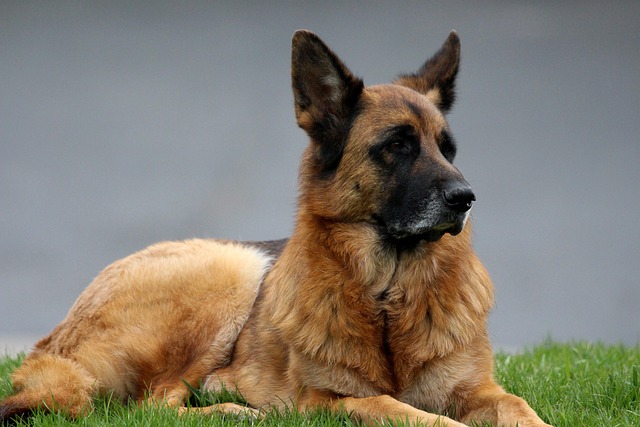
How to train Belgian Malinois puppy?
Your Belgian Malinois puppy probably bounces off the couch, chases every squirrel in the yard, and soaks up new things faster than you can keep up—they’re smart, high-energy, and crave purpose.
Potty training a new puppy is like solving a puzzle—every piece matters, but the process can be surprisingly smooth when you tune into your pup’s rhythm. The goal isn’t just about avoiding messes; it’s about teaching your furry companion where to feel safe and comfortable doing their business. Let’s walk through a gentle, effective approach that respects both your puppy’s needs and the world around you.
Start with the basics of biology. Young puppies—especially those under 4 months—can’t hold their bladders for more than a couple of hours. Their tiny bodies work on a simple schedule: eat, play, sleep, potty. By mapping your day around these natural cycles, you create a framework they instinctually understand. Think of it as building a routine so reliable, your puppy starts expecting potty breaks before they even feel the urge.
Observation is your secret weapon here. Spend those first weeks watching your puppy like a detective. Do they nose the carpet before squatting? Maybe they trot in circles or whimper at the door? These little signals are their way of saying, “Hey, I need to go!” Catching them in the act—even if it means jumping up mid-conversation—teaches them you’re paying attention. And when you respond by scooping them up (or opening the door with a cheerful “let’s go outside!”), you’re building trust in the process.
Consistency applies to location, too. Pick one spot in your yard or nearby park—somewhere with a distinct scent, like grass or gravel—and always take them there. Dogs have a powerful sense of smell, and repeating the same spot helps them recognize it as their “bathroom.” When they succeed, celebrate like it’s the biggest win of the day: enthusiastic praise, a tiny treat, maybe a quick belly rub. This positive association makes them want to repeat the behavior, turning a chore into a bonding moment.
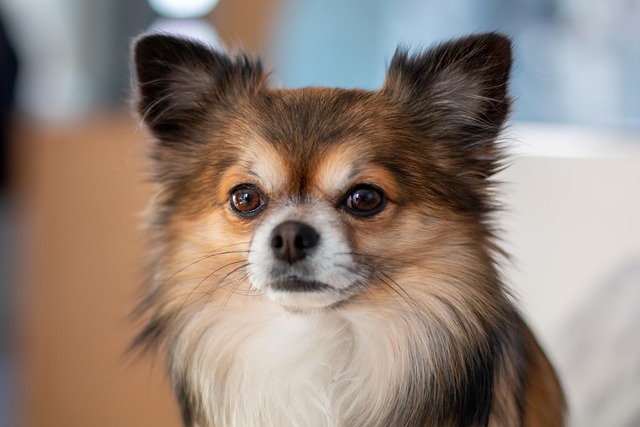
Now, let’s talk about accidents—because they’re not “mistakes,” just part of learning. If your puppy potties inside, resist the urge to scold. Yelling only makes them afraid to go near you, which leads to sneaky accidents or anxiety. Instead, act fast but stay calm: clean the spot thoroughly with an enzymatic cleaner (regular vinegar works in a pinch!) to neutralize odors. Dogs won’t revisit places that don’t smell like their own scent, so removing that trigger is key to preventing repeats.
Nighttime can feel daunting, but it’s all about managing expectations. Most puppies under 6 months need at least one midnight potty break—set an alarm if you have to! Keep these outings low-key: no play, no long walks, just a quick trip to their spot. As they grow (usually around 5-6 months), their bladder muscles strengthen, and they’ll sleep longer. Until then, think of it as a temporary phase—every quiet midnight success brings you closer to a full night’s sleep.
For city dwellers or apartment owners, puppy pads can be a lifesaver, but use them strategically. Place a pad near the door or balcony, and guide your puppy to it when you can’t get outside immediately. Over time, gradually move the pad closer to the exit, hinting that “outside” is the ultimate goal. Just be careful not to rely on pads forever—you want your pup to associate potty time with the great outdoors, not a piece of absorbent paper.
Speaking of the great outdoors, let’s touch on responsibility. In most communities, leash laws and waste disposal aren’t just polite—they’re the law. Always have poop bags on hand (many parks even have free dispensaries now!) and clean up immediately. Teaching your puppy to go potty on command (“go potty” or “do your business”) can be a game-changer here. It lets you prompt them in appropriate spots, whether it’s a patch of grass in a park or a designated pet area.
Patience is non-negotiable. Some puppies “get it” in two weeks; others take two months. Don’t compare your pup to others—every dog learns at their own pace. Celebrate small wins: that first successful morning trip, the day they signal you before squatting, even the time they held it through a thunderstorm. These moments build confidence for both of you, turning training into a journey of mutual understanding.
Finally, remember that potty training is about more than behavior—it’s about communication. Your puppy isn’t trying to misbehave; they’re figuring out a big, new world. By staying calm, consistent, and endlessly encouraging, you’re not just teaching them where to potty—you’re showing them they can trust you. And that bond? It’s the real reward here.
So take a deep breath, enjoy the process (yes, even the messy parts), and trust that with time, those early days of vigilance will fade into memory. Soon enough, your pup will be trotting to the door or signaling you when they need to go, and you’ll both wonder why you ever felt stressed. Potty training isn’t just a task—it’s the first step in a lifetime of understanding each other. And that’s a journey worth every moment.

Your Belgian Malinois puppy probably bounces off the couch, chases every squirrel in the yard, and soaks up new things faster than you can keep up—they’re smart, high-energy, and crave purpose.
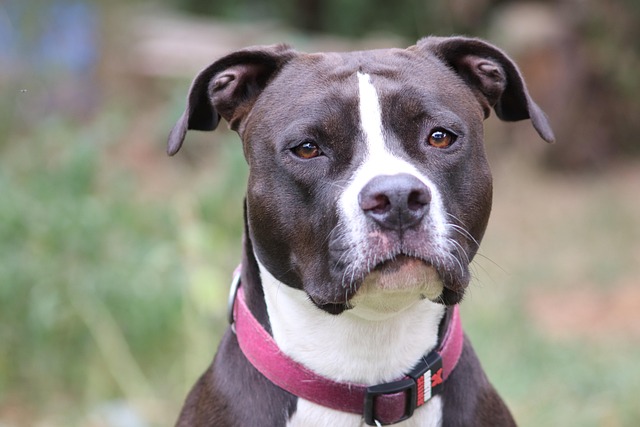
Nothing feels more frustrating than finding an unexpected mess on your rug—but teaching your dog to use one specific spot for potty time doesn’t have to be a battle.
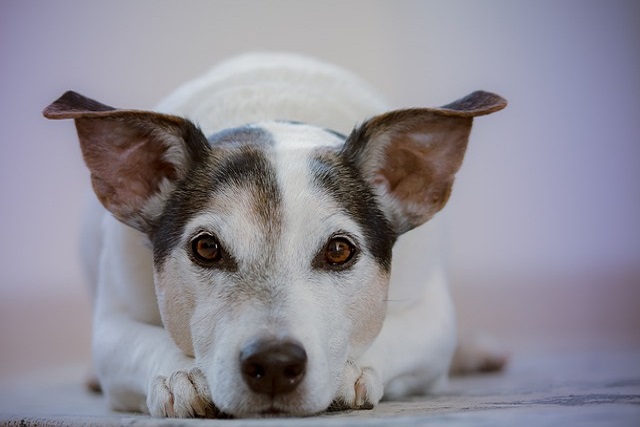
If you’re a new dog parent in the US—maybe you’re sitting on your California apartment floor, staring at your 9-month-old Shetland Sheepdog, Milo
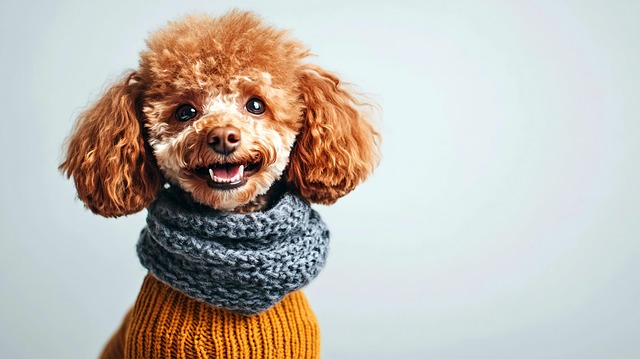
New dog owners often breathe a sigh of relief when they pick a breed that catches on to potty training quickly—no more scrubbing accidents off hardwood floors or rushing out at 6 a.m. in the rain.
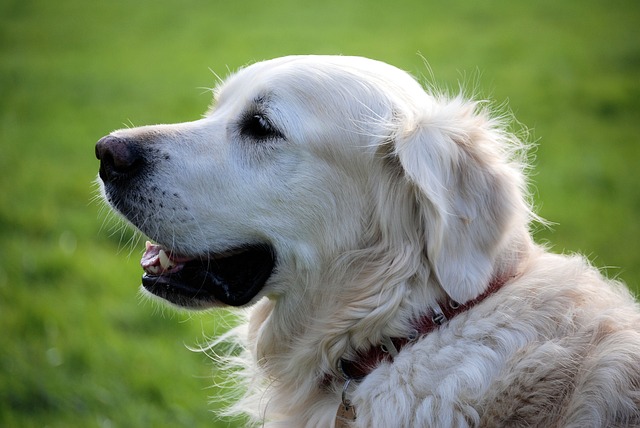
That frantic burst of energy known as the "zoomies" can be amusing, but when your dog is constantly bouncing off the walls, it becomes a real challenge.
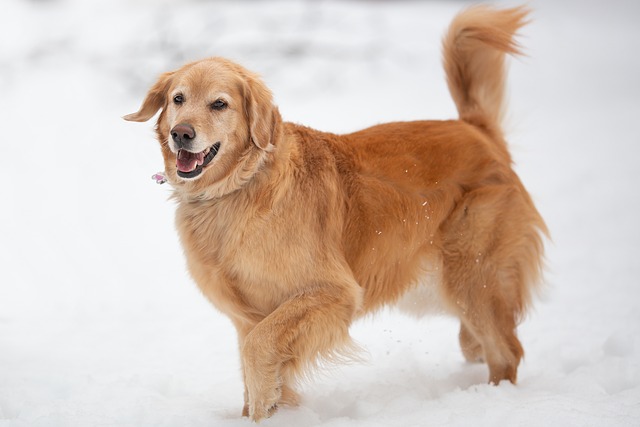
Lots of new Golden Retriever owners wonder if potty training their pup is going to be a huge hassle. The short answer? It depends on consistency more than the breed itself.